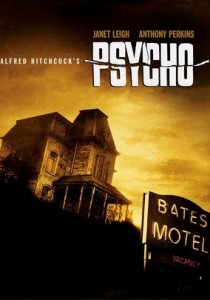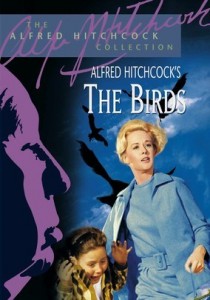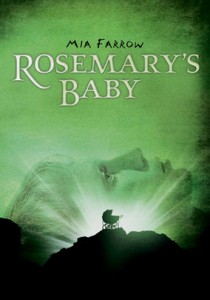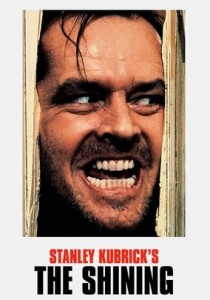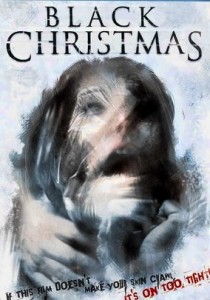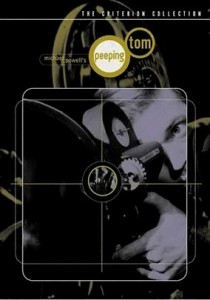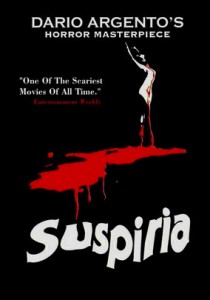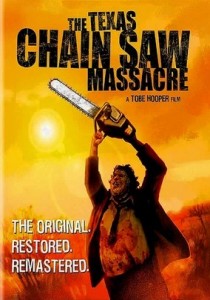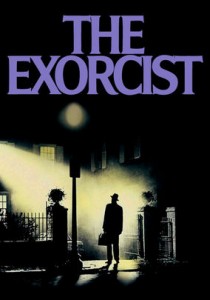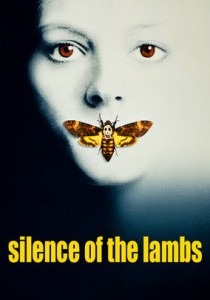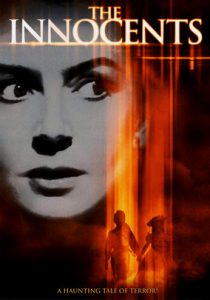Sinners-2025
Director Ryan Coogler
Starring Michael B. Jordan, Hailee Steinfeld, Miles Caton
Scott’s Review #1,498
Reviewed October 31, 2025
Grade: B+
After hearing so much positivity about Sinners (2025), director Ryan Coogler’s latest film, which shifts from independent (Fruitvale Station, 2013) and Marvel (Black Panther, 2018) films to the horror genre, I excitedly waited months to see it.
Coogler shifts into a vein more like Jordan Peele, a contemporary director known for daring horror message offerings like Get Out (2017) and Us (2019).
While very good, it’s not the A+ daring, horrific, extravaganza I was expecting. The tone is dark, mysterious, and compelling, but it takes an awfully long time to actually get going despite a looming expectation of bloody events to come.
Or maybe that’s because my expectations told me to await thrills and gore mixed with a powerful storyline.
Nonetheless, had I not listened to the buzz, I might have been more satisfied. Instead, I was impressed but not blown away.
Sinners reminded me very much of the HBO series True Blood (2008-2014), with its southern vampire fantasy/horror mix, but featuring an almost entirely black cast and a lot of music.
Set in 1932 in the Mississippi Delta, the film stars Michael B. Jordan in dual roles as twin brothers, ‘Smoke’ and ‘Stack’ Moore, one of whom is a criminal, who return to their hometown, where they confront a supernatural evil.
The brothers return from Chicago, where they have made an illegal fortune, and purchase a sawmill from a racist landowner to start a juke joint for the local Black community.
They reconnect with local friends and musicians, offering substantial amounts of money to help make opening night a grand experience.
Coogler wisely begins the film, which takes place over the course of a twenty-four-hour period, the morning after the thrilling Saturday night events, so we somewhat know something bad will happen.
Sammie Moore (Miles Caton), the brother’s cousin, staggers into his preacher father’s church during services, clutching his coveted guitar. He is an aspiring blues musician and is wounded.
Michael B. Jordan, clearly the star of the film and frequently in Coogler films, is an Oscar hopeful by portraying dual roles. With a good versus evil vibe, he may make the cut, given the differing personalities fleshed out in the parts.
While offering decent cinematography and a southern flavor that adds dimensions, it takes so long for much action to arrive that the payoff isn’t as satisfying as I’d like.
Sure, the last forty-five minutes work well as the dusk-to-dawn fight scenes, a workable whodunit of who’s a vampire and who isn’t a vampire, and hold your breath moments of which characters will unwittingly invite a vampire inside.
The last sequence is excellent when 1932 suddenly turns into the 1990s, and one character is still left alive. The film ends happily as the character realizes a pact made in the ghastly night years ago has allowed him to live.
A question repeatedly dangled before the audience’s noses like a carrot before a horse is whether we would give in to temptation and live forever as a vampire.
Wouldn’t it be wonderful never to age? I’ll admit to realizing the appeal.
The supporting characters, including Stack’s girlfriend, Mary (Hailee Steinfeld), the bouncer, Cornbread (Omar Benson Miller), and Smoke’s estranged wife, Annie (Wunmi Mosaku), deliver strong performances.
However, the southern accents occasionally feel overdone, but the lovely costumes never do.
Neither good nor bad, the characters don’t look genuine from the 1930s, and there is more inclusion (a Korean family in the deep south?) than in real life.
Still, the film works as a fantasy, right?
Coogler gets points for creativity and showcasing racism of the 1930s still exists today, but treads lightly on going full throttle with any message.
Instead, he shows that strong black characters can forge their own success in a racist world, accompanied by a toe-tapping melody and bluesy guitars.
Sinners (2025) crosses genres like horror, supernatural, fantasy, and musical, with some sexy scenes of blood and sex amid music. The creativity is there, but it’s a slow build.








